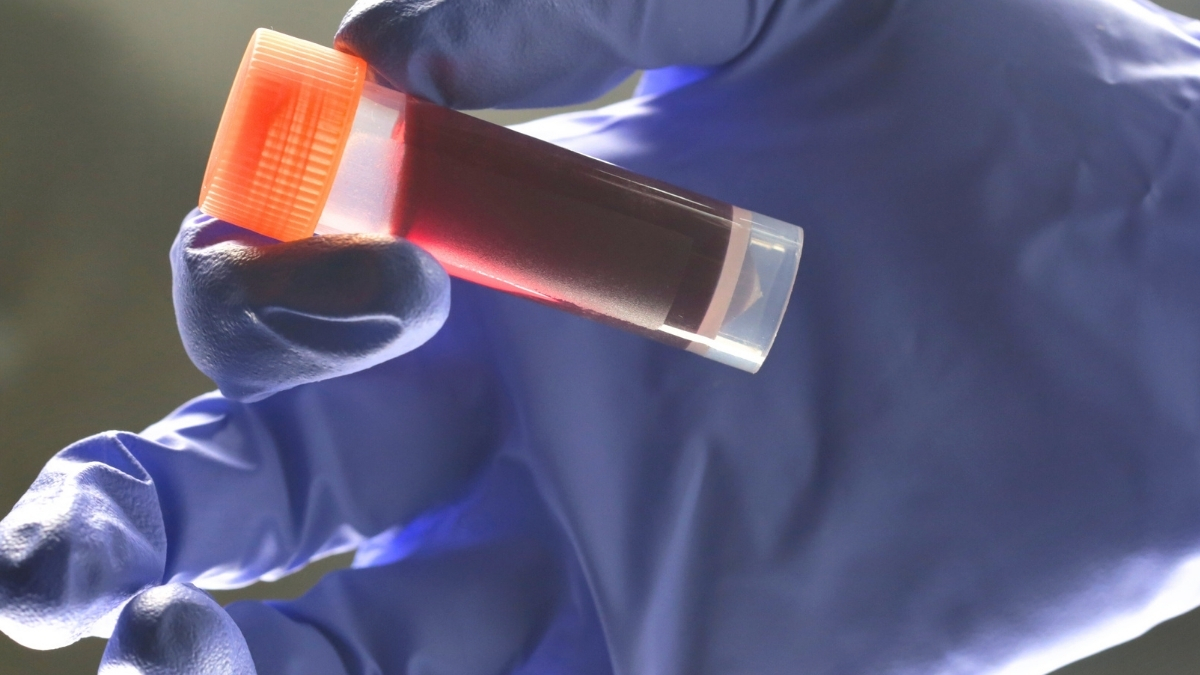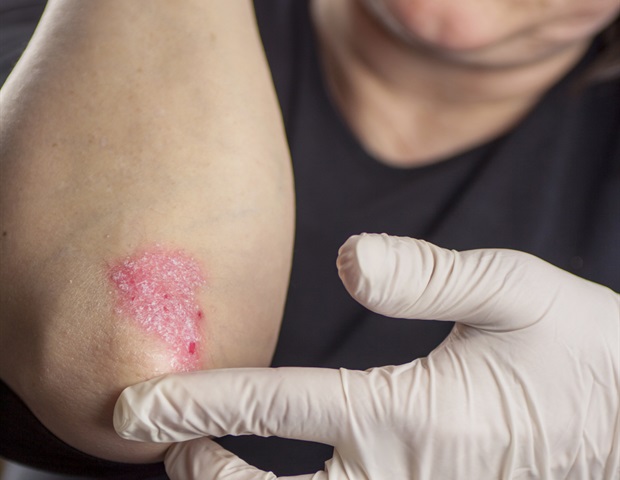Introductions
Granular parakeratosis (GP) is a relatively rare, benign disorder of keratinization. It typically presents clinically as scaly erythema or brownish hyperkeratotic papules and plaques, predominantly occurring in flexural or…

Granular parakeratosis (GP) is a relatively rare, benign disorder of keratinization. It typically presents clinically as scaly erythema or brownish hyperkeratotic papules and plaques, predominantly occurring in flexural or…
MOSCOW, Dec. 11 (Xinhua) — Russia’s first mRNA vaccine developed for melanoma therapy could be cleared for human use as early as 2026.
The Gamaleya National Research Center for Epidemiology and Microbiology has already produced several…

A phase 2, randomized, placebo-controlled study evaluating the investigational maternal vaccine GBS-AlpN found that the vaccine was immunogenic in pregnant individuals and resulted in high concentrations of vaccine-specific antibodies in infants…

Research suggests a surprising link between blood type and stroke risk, with people carrying one specific group A blood type facing a higher likelihood of stroke before age 60.
This discovery, published in a 2022 paper, deepens our…

Over the past five years, medications like semaglutide (Ozempic/Wegovy) and tirzepatide (Mounjaro) have spurred a weight loss revolution. Designed to mimic hormones regulating blood sugar, digestion, and appetite,…

A research team led by Erwin F. Wagner from the Medical University of Vienna has discovered a previously unknown molecular mechanism that contributes to the development of psoriasis – and at the same time represents a potential…

Respiratory syncytial virus, commonly known as RSV, is often associated with cold-like symptoms in young children. But a new study led by a University of Michigan School of Public Health researcher finds that RSV can have profound,…
Key take-aways
• A retrospective observational study found that valvular heart disease, detected by
cardiovascular imaging, was common in patients with a previous cancer diagnosis.
• Interventions to treat valvular heart disease…